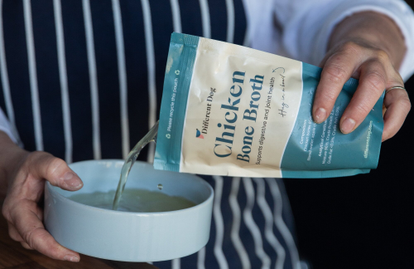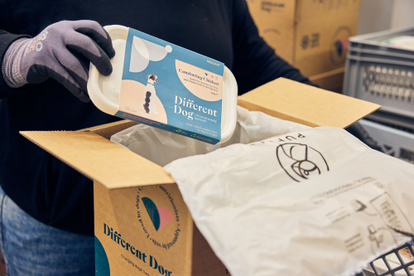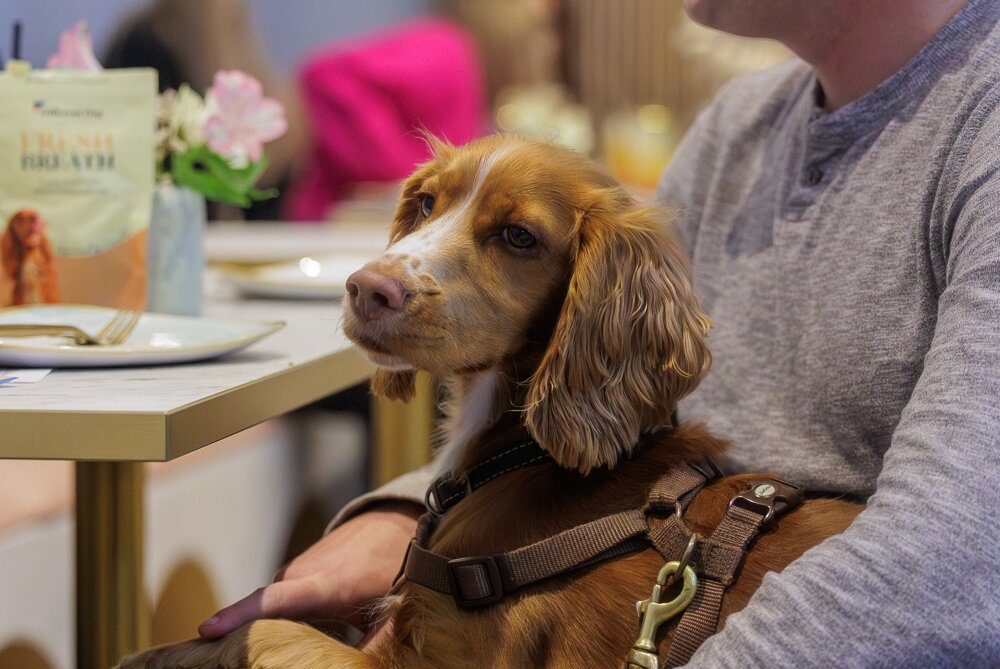

Our food is approved by our expert veterinarian and canine nutritionist. Enter your details to create your tailored plan.
Modern Cocker Spaniels are perhaps best known for being spirited and beloved household pets, however, they were originally bred as hunting dogs, catching small prey and becoming very reputable within the hunting scene.
Cocker spaniels are one of the most loved breeds around, in fact, we have quite a few occupying beds in our office, including our beloved Chief Eating Officer, Crumble.
Queen Crumble is an incredibly loyal and affectionate dogs to our founders Charlie, Alex and their family as the breed makes great house pets as they’re easily trainable and can be great playmate for kids - they never run out of energy, so make sure you’ve got plenty of treats at the ready for training sessions and long walkies!
If you’re obsessed with Cocker Spaniels, just like us, or if you’d like to learn more about what makes their tails wag, then keep reading!

Cocker Spaniel Key Facts
Below, you will find some key facts about Cocker Spaniel to get you started with:
Life expectancy = 12 - 15 years
Average size = 36 - 43cm
Average weight = 7 - 8 kg (Males tend to be heavier than females)
Coat: Medium length
Coat Colour: Black, Blue Roan, Black & Tan, Orange Roan, Liver Roan, Golden, Orange & White
Temperament: Loyal, happy
Energy levels: High
Hypoallergenic: No
Origin: Spain
Types of Cocker Spaniels
There are two common types of this breed; the English Cocker Spaniel (just like Crumble) and the American Cocker Spaniel. The obvious difference between these two spaniels is their characteristics, size and origin.
The English Cocker Spaniel, you guessed it, comes from England. One of the striking differences between its American counterpart is the width of its head, longer muzzle and larger ears. Another notable difference is the size of these two dogs, where the American Cocker Spaniel weighs in slightly less than the English Spaniel which is also evident by the contrast in height.
Both English and American varieties are people pleasers and tend to have a close bond with their owners. The English version does tend to be more driven and determined with training, which is why they are popular as working dogs.
Both breeds make the perfect choice for a pet and it’s difficult to set them apart, and either would be a great choice for a first-time dog owner.
Cocker Spaniel Coat Types & Colours
Cocker Spaniels have a brilliant coat, it’s thick and luscious and their fur is very soft which makes regular stroking breaks is a must - your boss will understand! Cocker Spaniels can come in a variety of colours but the most consistent and popular colours remain to be black, brown and a gorgeous light cream.
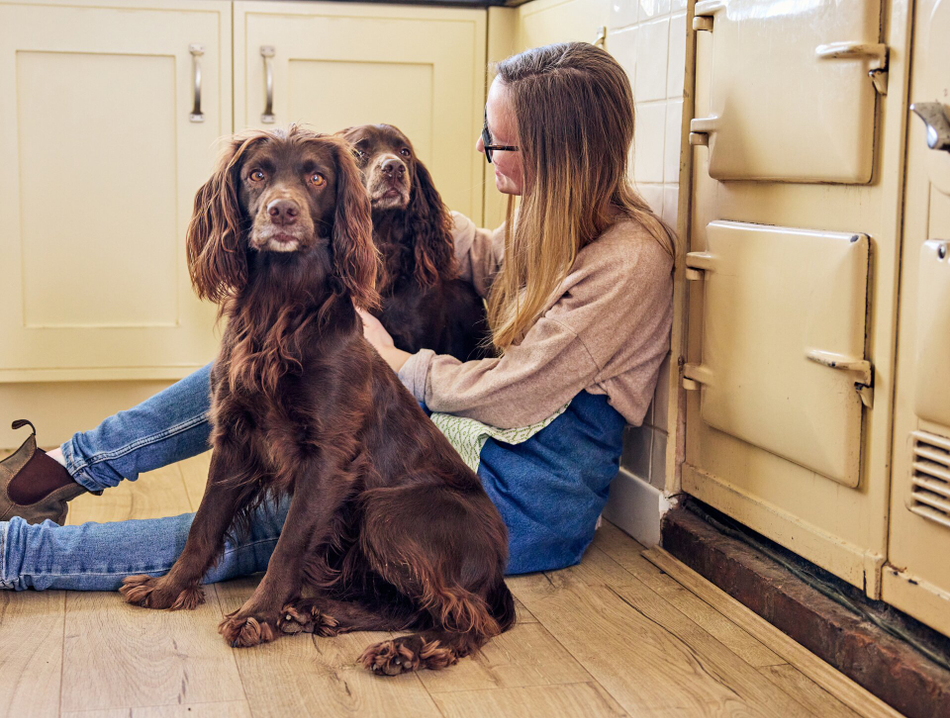
Do Cocker Spaniels Shed?
Cocker Spaniels are not hypoallergenic dogs, which means that they do shed (regular grooming does help).
This does mean that you have to stay on top of grooming to ensure that their fur is untangled, especially if you have one that likes to explore off-road. With energy to burn, they go off into bushes and splash in rivers and as you can imagine, their fur gets knotted with lots of leaves, weeds and all sorts. Brushing once a day gets your cocker spaniel used to the routine that they’ll be loving all the attention and care they’re getting.
Whilst washing and brushing it’s always a good idea to check their ears as this breed is vulnerable to infections because their ears pick up all sorts while out walking.
Cocker Spaniel Temperament and Personality
Cocker Spaniels are truly one of a kind. They are extremely well-tempered, making them the perfect house pet.
They are not fond of being on their own for long periods of time, which may lead to some naughty behaviour if their brains (and their legs) aren’t getting enough stimulation, so keep them active with lots of games and brain training. They love to play fetch, seek different scents, go swimming in the river and play with their two-legged family members and other dogs.
Cocker Spaniels Health Issues
Cocker Spaniels are like any other dog breed, in which they are susceptible to certain health conditions.
If you’re in the process of becoming a new dog owner to a cocker spaniel then it’s a good idea to do some research about common ailments and book regular checkups to ensure they stay happy and healthy.
Below, you can find some of the common health issues that a cocker spaniel may pick up during their long life span.
Hip Dysplasia:
The thigh bone of a cocker spaniel is known to be insecure to the hip joint. Not all dogs will experience pain when this happens, but you may see signs of discomfort with your dog and less movement than usual. Your vet can provide advice and treatment if you suspect your dog is experiencing discomfort.
Ear Problems:
Unfortunately, these dogs can be susceptible to ear problems due to their floppy ears. If you notice your Cocker Spaniel is itching their ear or doing it more frequently then it’s a good idea to give them a check.
Are Cocker Spaniels Easy to Train?
Yes, Cocker Spaniels are very trainable as they are very smart and are eager to please their owner. They respond well to positive reinforcement and short, regular training sessions to keep their attention.
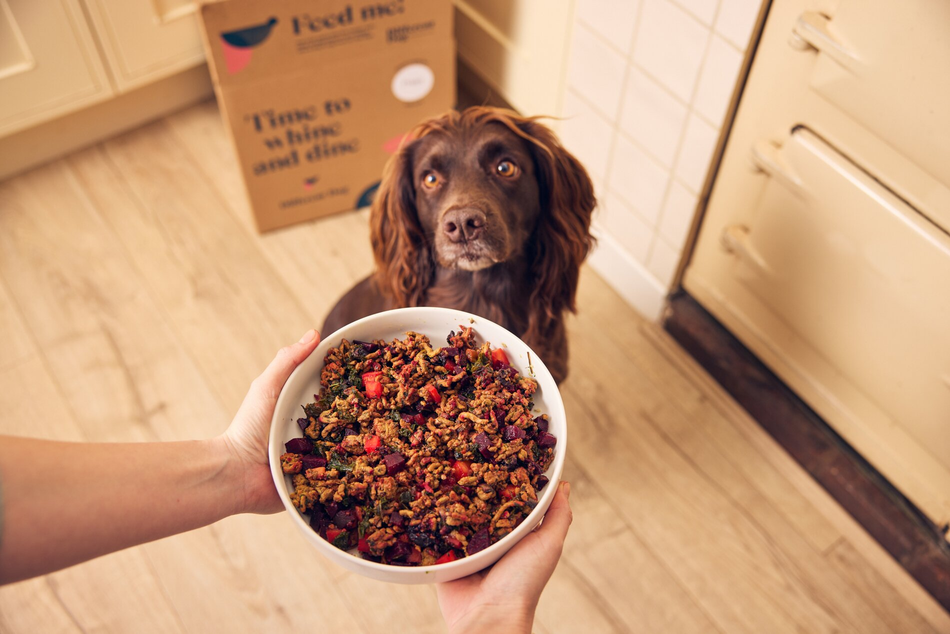
Cocker Spaniel Nutrition
Cocker Spaniels are very active dogs, which means they can burn through calories very quickly depending on their exercise levels.
We feed almost 10,000 dogs every month and cocker spaniels are our third most popular breed, so it’s safe to say that they respond very well to our freshly cooked diet. Our recipes are made up of 60% prime-cut meat which is packed full of protein. We pair this with carefully selected fruits, vegetables and superfoods to ensure they are enjoying a complete diet packed full of nutrients.
Crumble herself has taste-tested every single recipe and her waggy tail, shiny coat and endless energy assures us that our meals are “‘Cocker Spaniel Approved”.
Learn more about our recipes here and contact us by emailing feedme@differentdog.com for specific dietary advice from our nutritionist.

